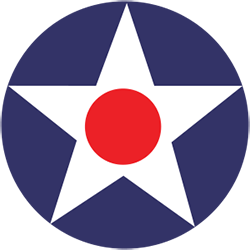FLYBOYJ
"THE GREAT GAZOO"
I'm not sure he even did that. From all references I've seen, Bong didn't do much upon his arrival in the SWP until he went TDY with 39th. I think had he seen any combat in the P-40, be it training in a combat zone or during normal operations, it would have been well documented.Yeah I never said he had any claims in the P-40. As for 'in combat' I guess that depends what you mean, but I think you may be right. He flew them in a combat unit in a combat zone for a couple of months, but that didn't necessarily mean he encountered any enemy aircraft. So is that combat? I'm not sure. There were several (16) Japanese raids against Darwin during the time he was active there, but I think by then many if not most of them were at night? And P-40 isn't a night fighter.
The passage you quoted has pretty much the same timeline as the wiki.
McGuire, on the other hand, had his "pre P-38" career mentioned in many publications.
And yes - it looks like the reference I posted jives with Wiki (or visa versa)
And I wasn't taking it that way. My point was despite Bong being assigned to a P-40 unit, most evidence shows he never flew a P-40 within that unit at least during a combat or training sortie. Bong was hand picked by General Kenny and I believe (based on the many books I've read on this) Kenny wanted to make sure that Bong was going to utilize his talents in the combat aircraft he began his career with - that being the P-38.Anyway I wasn't trying to argue that Bong or McGuire were mainly P-40 or P-39 drivers...? Whatever their early experiences, their famous combat success was in the P-38.



